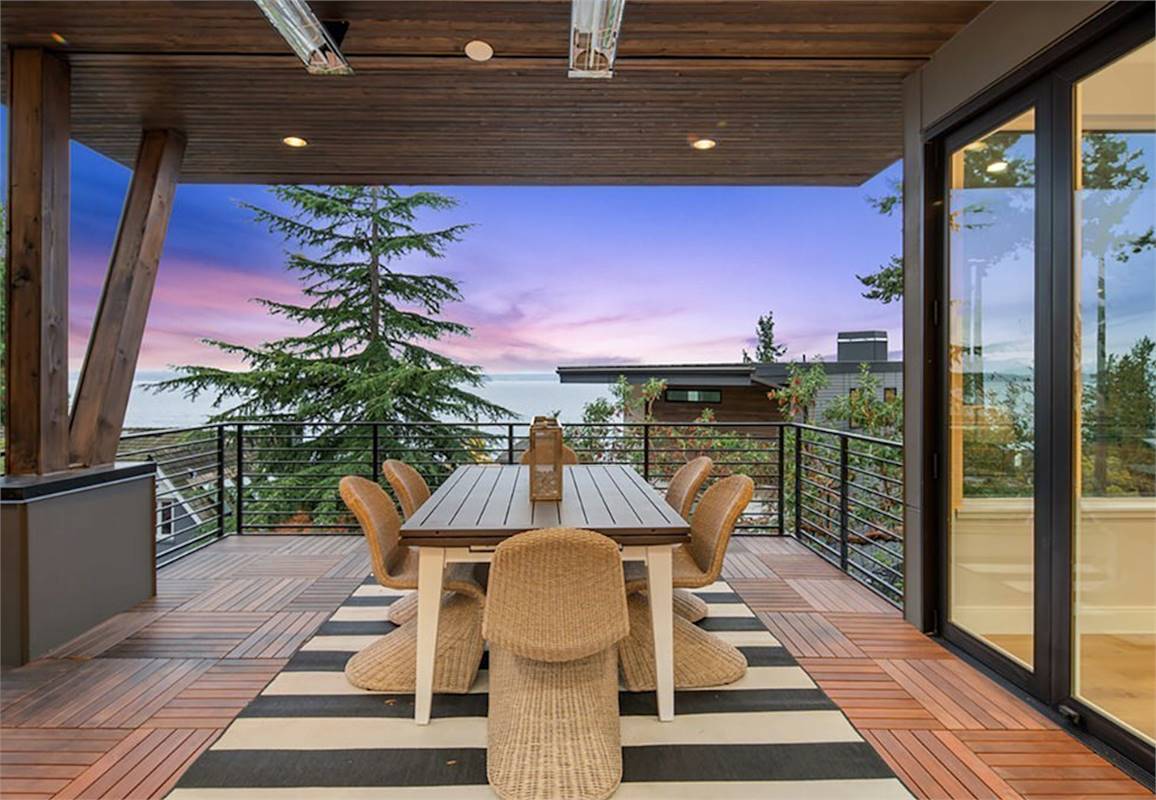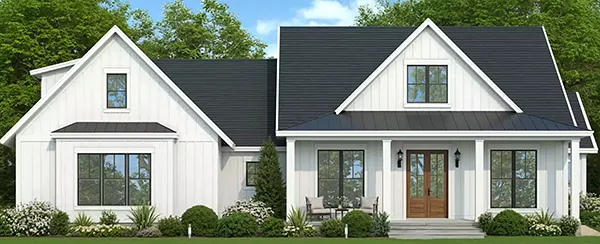Basics of Deck Design
 When it comes to designing your new deck you need to take into consideration the architectural style of your new home, the contour of your land, zoning restrictions and codes, and any additional landscaping features, like large trees and rocks and lakes or ponds.
When it comes to designing your new deck you need to take into consideration the architectural style of your new home, the contour of your land, zoning restrictions and codes, and any additional landscaping features, like large trees and rocks and lakes or ponds.
There are so many different deck designs that it is difficult to categorize a particular style. Learning the five basic configurations is a good place to start before designing and customizing your new deck.
Platform Decks
Platform decks are the simplest deck style and are usually built on level lots and attached to a one-story home. Since most platform decks are built very low to the ground, you don't need to add railings. To enhance the look of your deck and add functionality, you can build benches, built-in planters, a gazebo and curved and angled railings. If your deck is higher than two feet, you will need to add railings and balusters to meet most building codes. Platform decks are a good design for a gently sloped lot, because you can build a series of them to follow the contour of your land. Since platform decks are so close to the ground, be sure to use a material that pressure treated or rated for direct ground contact and use lots of protective sealer.
Raised Decks
Raised decks are very common because most houses sit on foundation walls that position the first-level floor several feet above grade. Raised decks require railings and stairs for safety and accessibility. Where you place stairs will have an overall impact on the look and function of your new deck. Since your decks foundation posts will be exposed it is a good idea to conceal them with trees and bushes or skirting. Common skirting includes lath or lattice panels that fit between the deck and the ground. They not only hide your structural system, but also allow air to circulate so your deck won't be so susceptible to rotting and keep unwanted animals from making their home under your protective deck.
Multilevel Decks
You can really highlight your outdoor living space with multilevel decks, which are a series of decks connected by stairways or walkways. These decks are great for sloped lots because the deck areas follow the contour of the land and are stacked so the lower decks do not obstruct the view of the higher decks. You can create a series of decks each with its own purpose, for example you can have one level close to the house for entertaining and another level that is used as a sun deck or spa retreat.
Two-Story Decks
Two-story decks provided you with outdoor access from the upper levels of your home. While the extra space is a bonus, the structural system to support a two-story deck can be an aesthetic challenge. Some ways to disguise the structure is to use posts that are much thicker than code, partial skirting or cover the posts with a rock or stone face.
Freestanding Decks
Freestanding decks are not attached to the house and a great alternative when the construction of your new home does not allow for a ledger board (which is bolted to house's framing) or your house requires a three-level decking system. Freestanding decks are built with the same basic methods and techniques as attached decks, except footings, posts and beams replace the ledger. This type of deck is great to create a private outdoor spa retreat or backyard garden.
Design Tip
A one-story home would probably look best with a low, platform-style deck. Such a simple deck would look out of place on a large, two-story home. There, a multilevel deck with interesting overheads, such as a pergola or arbor would help keep the design in proportion and enhance your outdoor living space. First, decide what you want from your outdoor living space - kitchen, dining area, spa retreat, sun deck - and design a deck that accommodates all these features.



.png)
.png)


